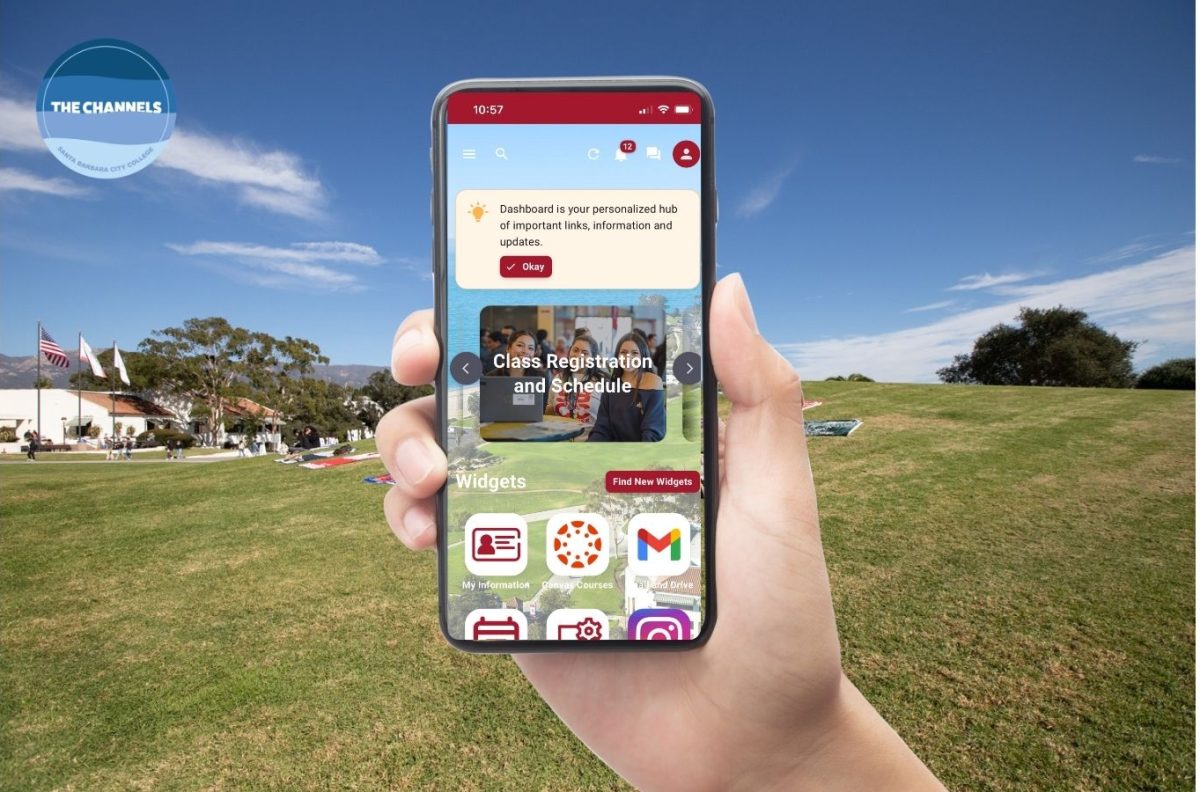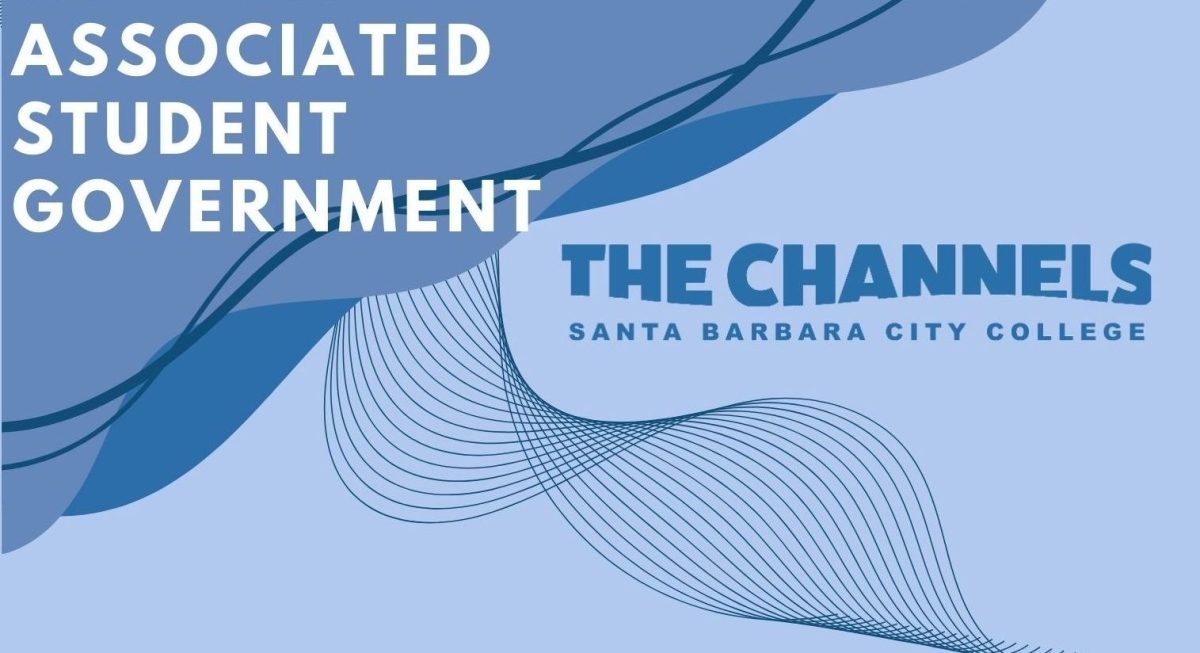The language barrier often responsible for confusion in hospitals and clinics may be alleviated soon.
City College’s Continuing Education program has added Health Care Interpreter Training to the list of fall-semester classes.
For doctors, working with interpreters that have medical terminology and culture training will make it easier to provide patients with proper treatment.
“At best, medicine is a little frightening and it makes it difficult. It’s hard to build trust when two people can’t communicate,” said Robert Reid, doctor of obstetrics and gynecology at Cottage Hospital. “I think it’s high time for this program.”
In a door-to-door needs assessment survey of 400 households conducted by the Santa Barbara Regional Health Authority, 35 percent of residents interviewed spoke Spanish only.
“It’s hard enough when you go to the doctor and you do speak the same language,” said Renee Robinson, educational administrator at the Schott Center, an off-campus Continuing Ed facility.
The survey results showed that individuals called to interpret have no health interpretation training and sometimes are non-medical personnel, family members or even another patient.
The vocational program is designed to train bilingual staff to interpret for medical patients. It will be a 48-hour course that includes medical terminology in Spanish. Since the program is through Adult Education, all classes are free.
“No one in the Tri Counties was doing health care interpreter training,” said Robinson.
Since no one had the program, Robinson and Mary Brown, coordinator for medical development courses, wrote a grant proposal to The California Endowment.
“We immediately got a response and they were very interested,” said Robinson.
The endowment has funded $113,000 for three years of the interpreter program.
“We feel very privileged to get the grant,” President-Superintendent John Romo.
According to their Web site, “The Endowment’s work is a Multicultural Approach to Health, which is defined not only by race and ethnicity, but financial status, cultural beliefs, gender, age, sexual orientation, geographic location, immigration status, and physical or mental abilities. This approach seeks to mobilize the talents, cultures and assets of California’s diverse populations to improve the quality of our health systems and to promote health at the level of communities.”
In the first three years, coordinators will develop, implement, study and evaluate the program.






